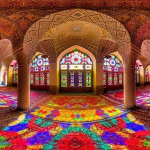Red Tourism, or being a red tourist company, is a stick we often get hit with at YPT. The truth, of course, is that we are much more than purveyors of this particularly niche genre.
What is also true, though, is that the company was to some degree founded on the back of red tourism—and that, to an extent at least, we do enjoy a bit of commie chic.
And as we well know, we are far from the only ones with this penchant (or we wouldn’t offer the tours). Not only is this genre popular, but it’s very much on the rise. With that in mind, we answer the question: what is red tourism, and indeed whether it’s a good or bad thing.
What is Red Tourism?
Red tourism, put simply, refers to travel focused on sites, landmarks, and narratives associated with communist history. This can include everything from Lenin’s Mausoleum in Moscow, to Mao Zedong’s birthplace in Shaoshan, to a certain bronze-bodied Supreme Leader in Pyongyang. But it’s not all statues and socialist slogans. Red tourism is about exploring the legacy of a political and ideological force that shaped the 20th century—and in many ways still defines much of our modern world.
The phenomenon first gained traction in China in the early 2000s, when the government launched a campaign to encourage domestic tourism to historically significant revolutionary sites. It was a way to boost rural economies, foster national pride, and reinforce the legitimacy of the Communist Party. And it worked as millions of Chinese people took to the countryside to walk in the footsteps of revolutionaries.
But red tourism isn’t just a Chinese concept anymore. The idea has spread across borders and morphed into a global subculture of travellers drawn to the remains, relics, and realities of communism. From Stalin’s bunkers to Ho Chi Minh’s sandals, there’s an entire world of sites that tell the story of leftist revolutions, Cold War paranoia, and the various paths taken by nations that rejected capitalism and indeed just how it changed them.

For many, red tourism is less about politics and more about curiosity. It offers a unique blend of dark tourism, historical exploration, and yes, a touch of kitsch. The appeal lies in seeing something raw, real, and unfiltered. Whether you’re a hardened Marxist, a history buff, or someone who just finds giant concrete monuments fascinating, red tourism scratches a particular itch.
And no, you don’t have to love Stalin to enjoy a Soviet amusement park or a ride in a Volga. It’s about context, learning, and often, about seeing the other side of history—the one you didn’t get taught in school.
Red Tourism Hot Spots
So what actually counts as red tourism? While there’s no ISO-certified checklist, the core is simple: if it involves communism, revolution, or the Cold War, you’re probably in the right ballpark. Museums dedicated to socialist revolutions, battlefields of civil wars, statues of the great (or not so great) leaders, and even functioning relics like North Korea’s Metro system—these are all fair game.
Some destinations are full-blown red tourism hubs, while others offer little nuggets of revolutionary nostalgia nestled within them. Here’s our very own countdown of the top 10 red tourism destinations, based on popularity, uniqueness, and good old-fashioned commie cred:
Top 10 Red Tourism Destinations
10. Berlin, Germany
Once the epicentre of the Cold War, Berlin is still riddled with Soviet remnants—from the Stasi Museum to the colossal Soviet War Memorial in Treptower Park.
9. Hanoi, Vietnam
The resting place of Ho Chi Minh, the city remains a living monument to Vietnam’s socialist journey, with its propaganda art, museums, and wartime bunkers.
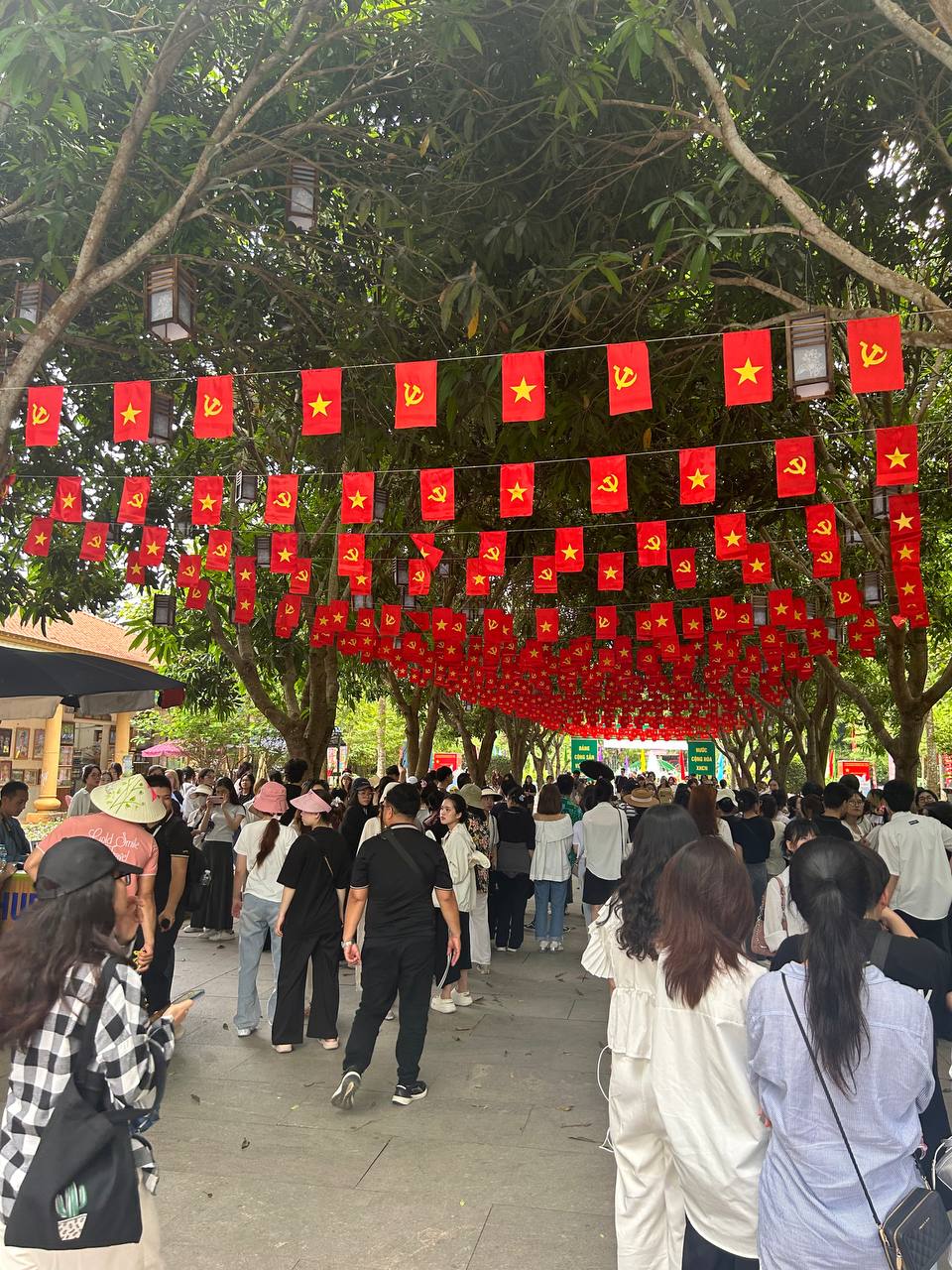

8. Tirana, Albania
Albania under Enver Hoxha went full isolationist Stalinist. Today, you can visit bunkers, secret police archives, and the pyramid that once glorified Hoxha himself.
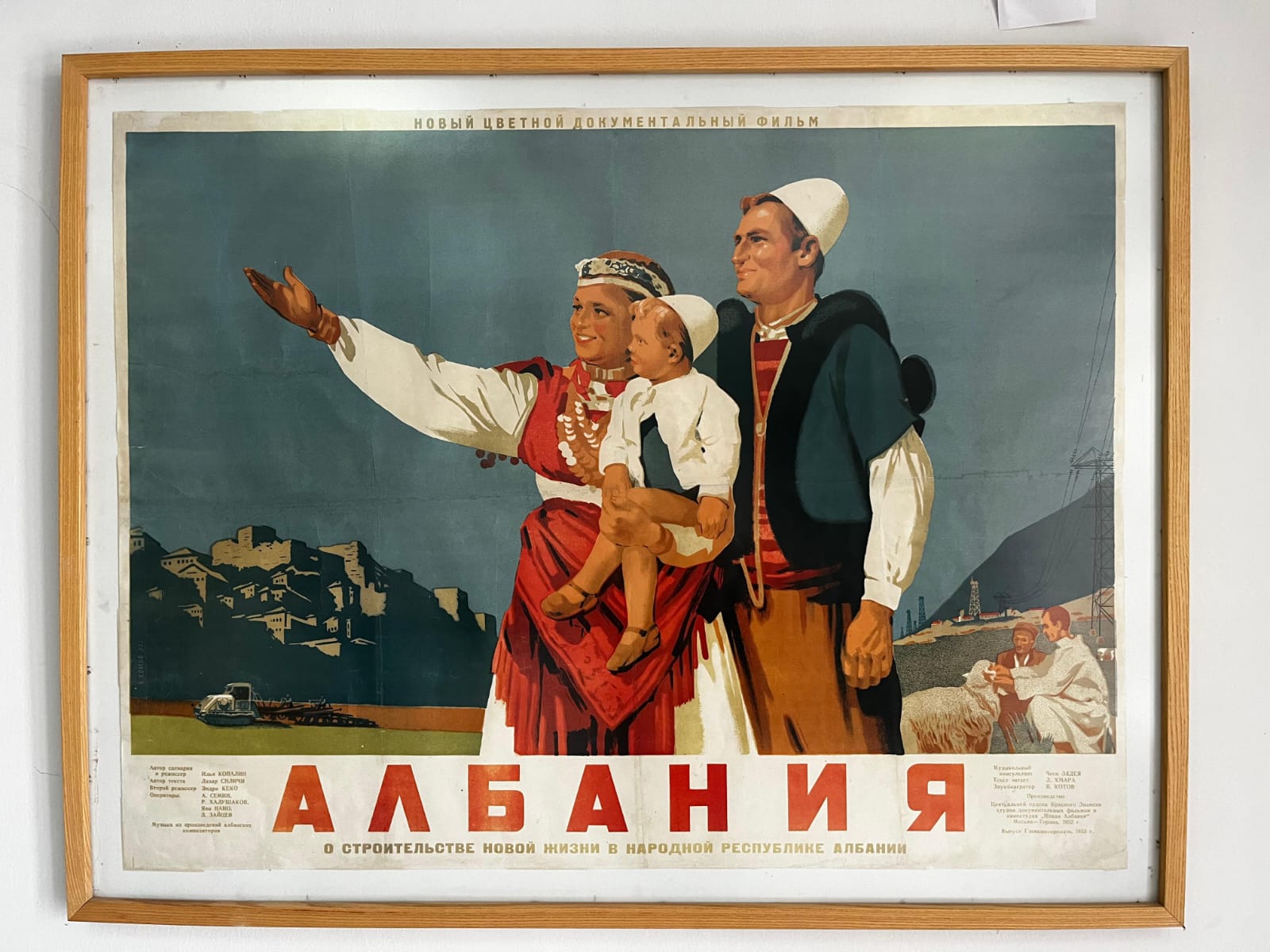
7. Moscow, Russia
Lenin’s Mausoleum, Red Square, the Museum of Contemporary Russian History—need we say more? It’s the motherland of Soviet nostalgia.

6. Minsk, Belarus
A living relic. Soviet architecture, war memorials, and a time-warp vibe make Minsk feel like the USSR never left.
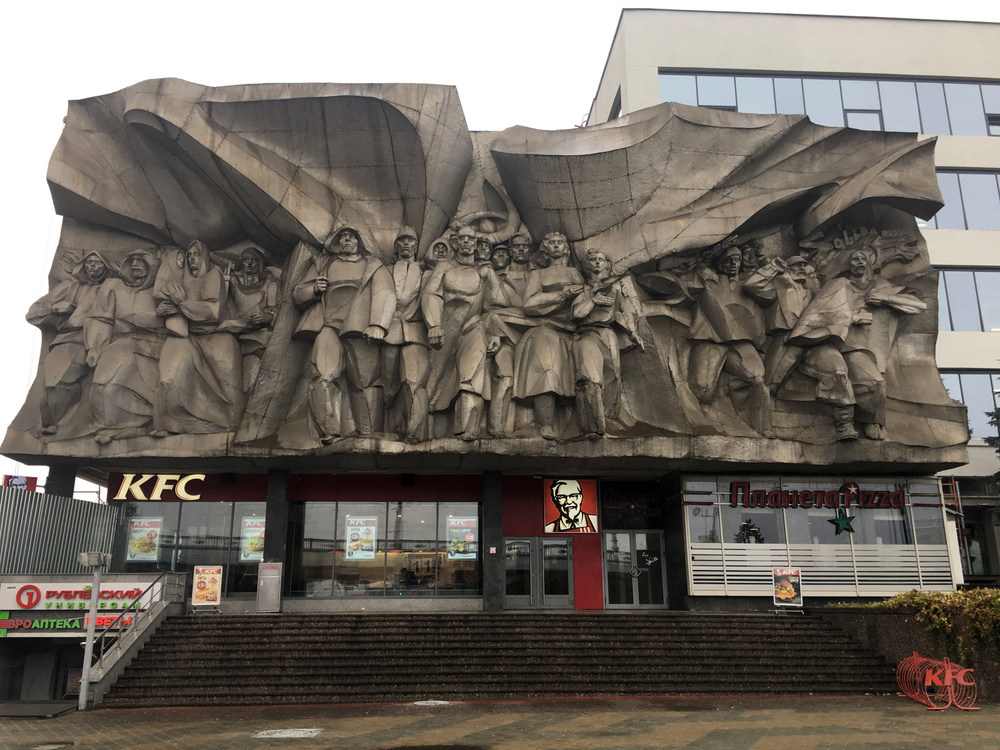
5. Beijing, China
The birthplace of state-sponsored red tourism. From Tiananmen Square to the Party Museum, Beijing remains the beating heart of Maoist heritage.
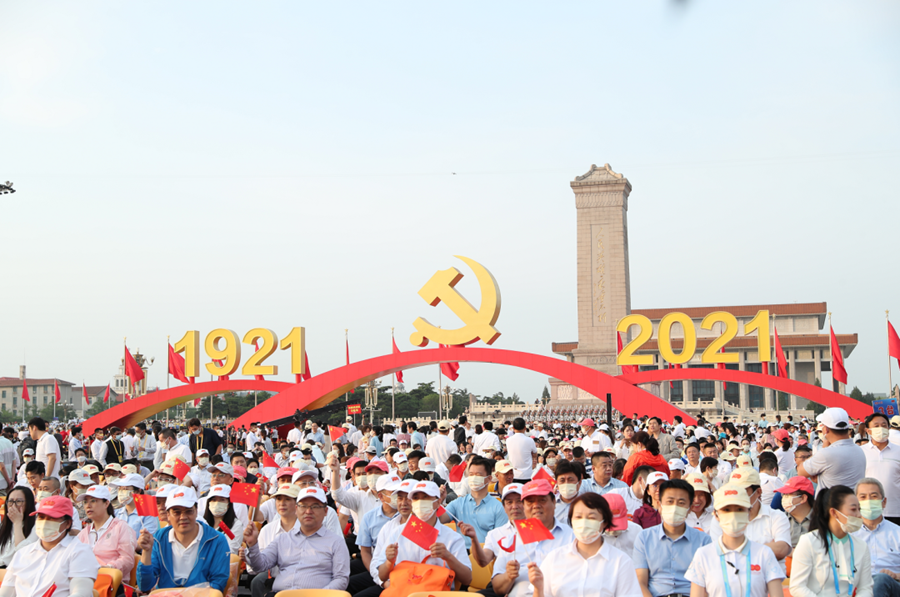
4. Santiago de Cuba, Cuba
Fidel Castro launched his revolution here, and the city still oozes revolutionary vibes. Think murals, speeches, and serious cigars.

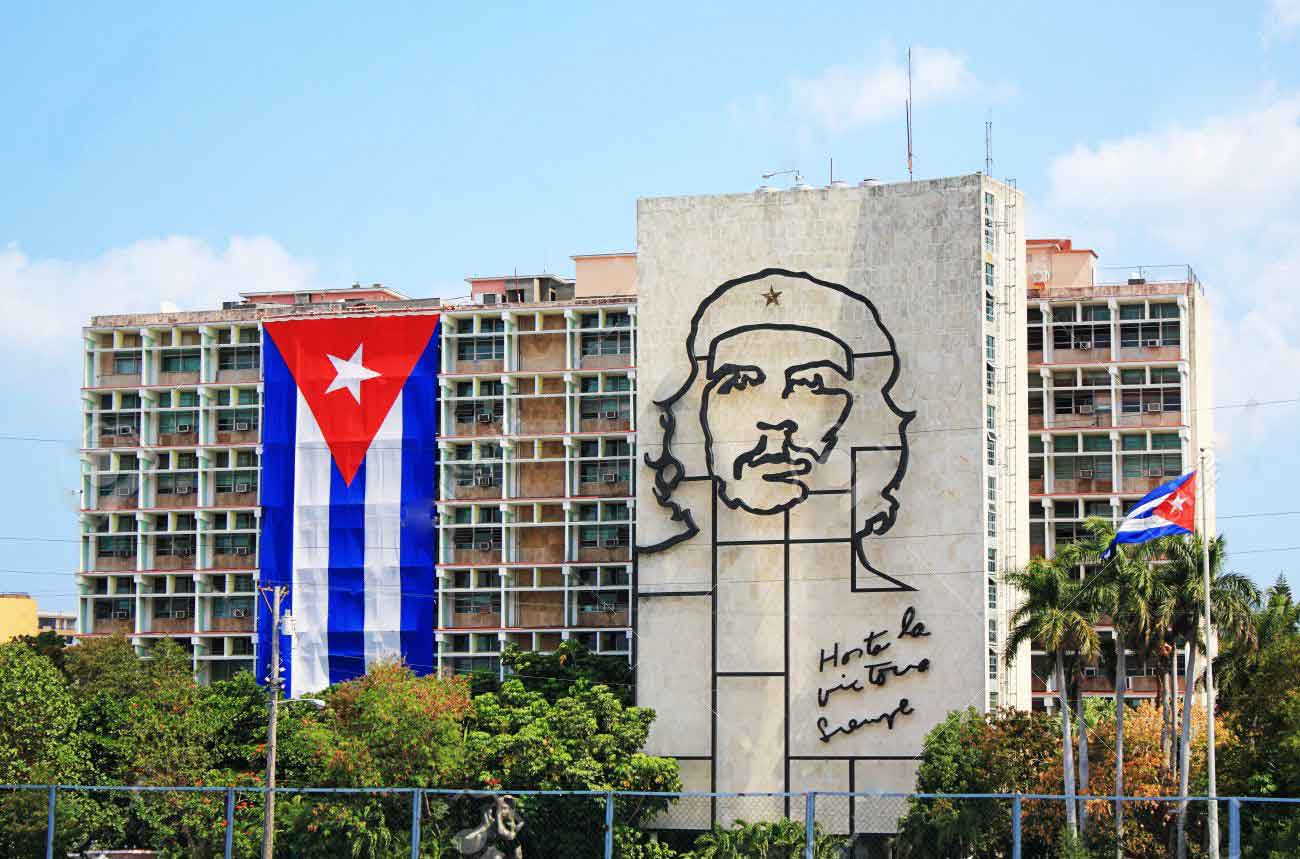
3. Volgograd (Stalingrad), Russia

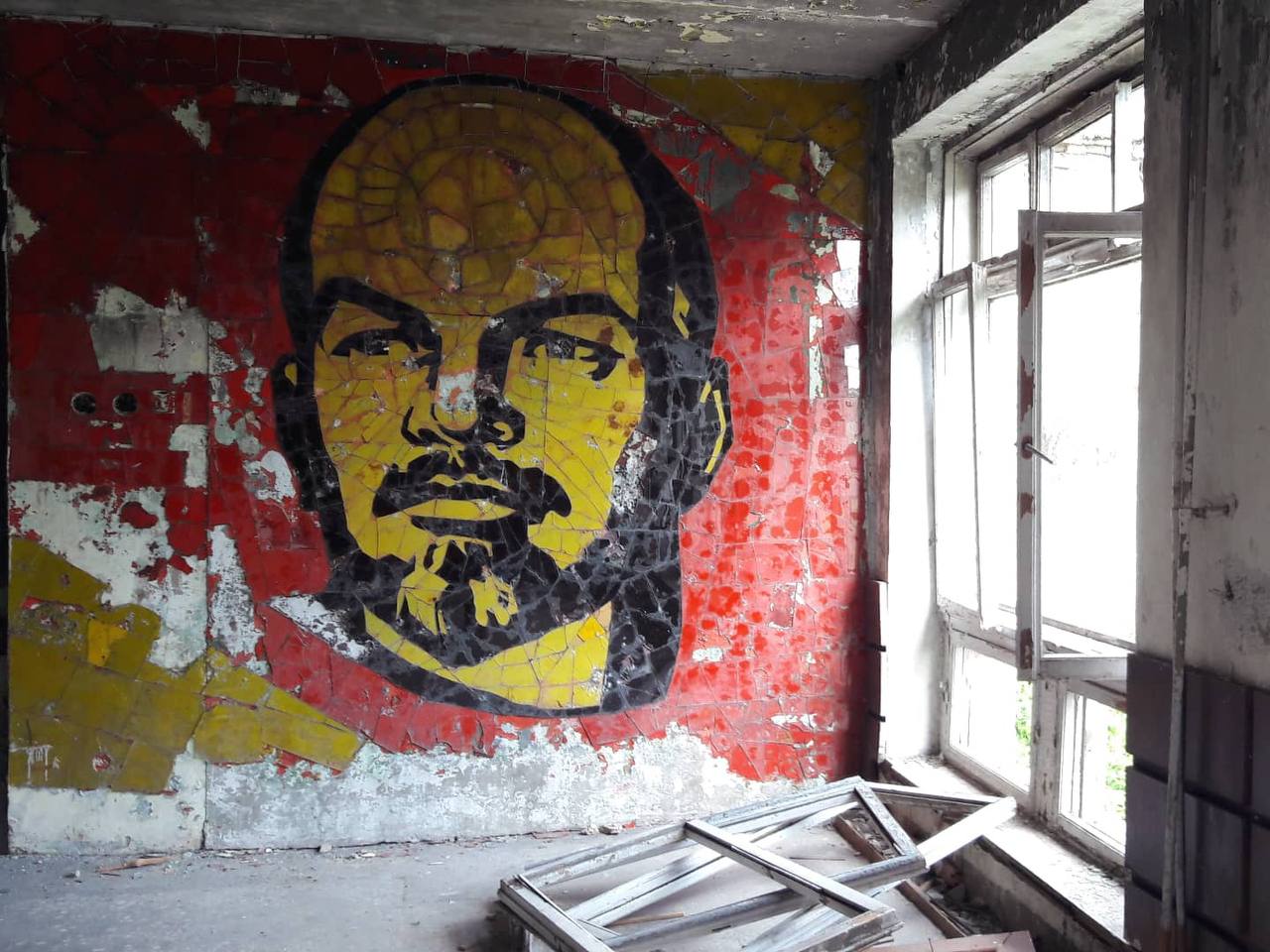
Home to the Motherland Calls statue and the site of one of WWII’s most brutal battles. A must for any red history enthusiast.
2. Pyongyang, North Korea
Perhaps the ultimate red tourism experience. A living, breathing example of a state that didn’t just flirt with communism, but married it and never looked back – Juche notwithstanding.
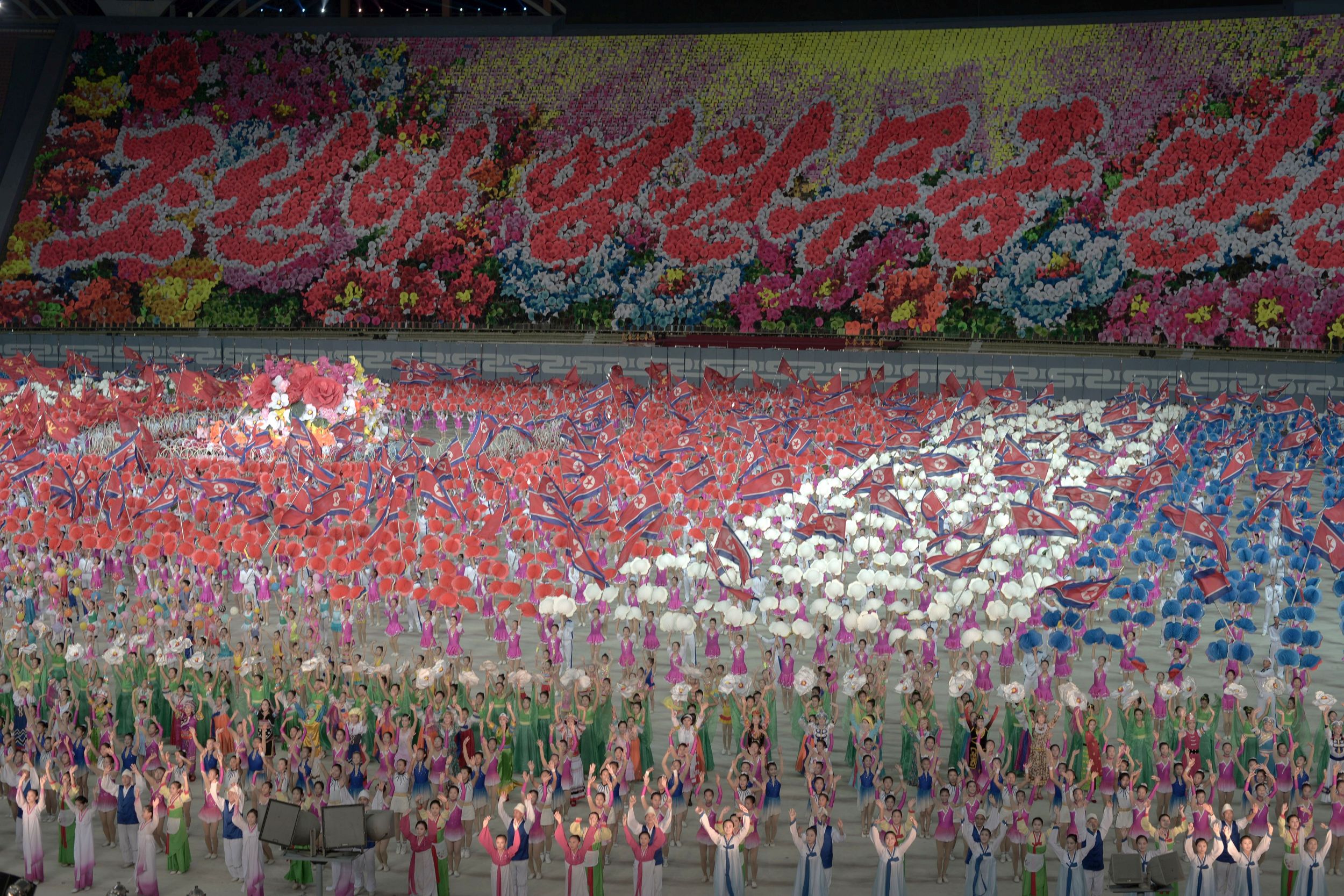
1. Yan’an, China
This unassuming city was the headquarters of the Chinese Communist Party during the Long March. If you want to see where Mao truly became Mao, this is the place.
Bonus Point – Anlong Veng
The last holdout of Pol Pot and his cronies of the Khmer Rouge is not just Commie Chic, but also very heavy on the Dark Tourism specter in places such as his grave.
Click to read about food in Democratic Kampuchea.
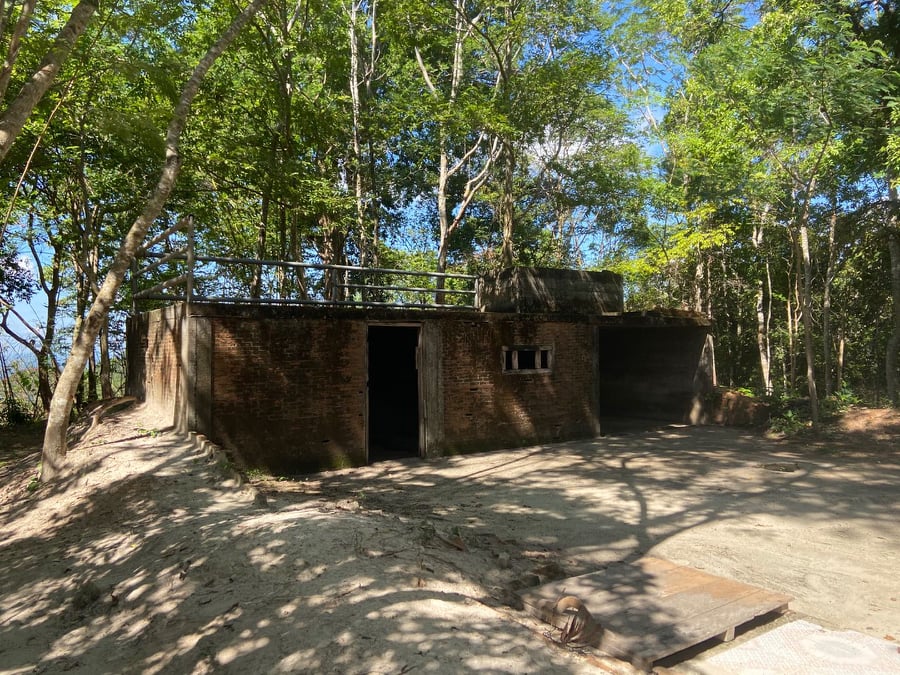
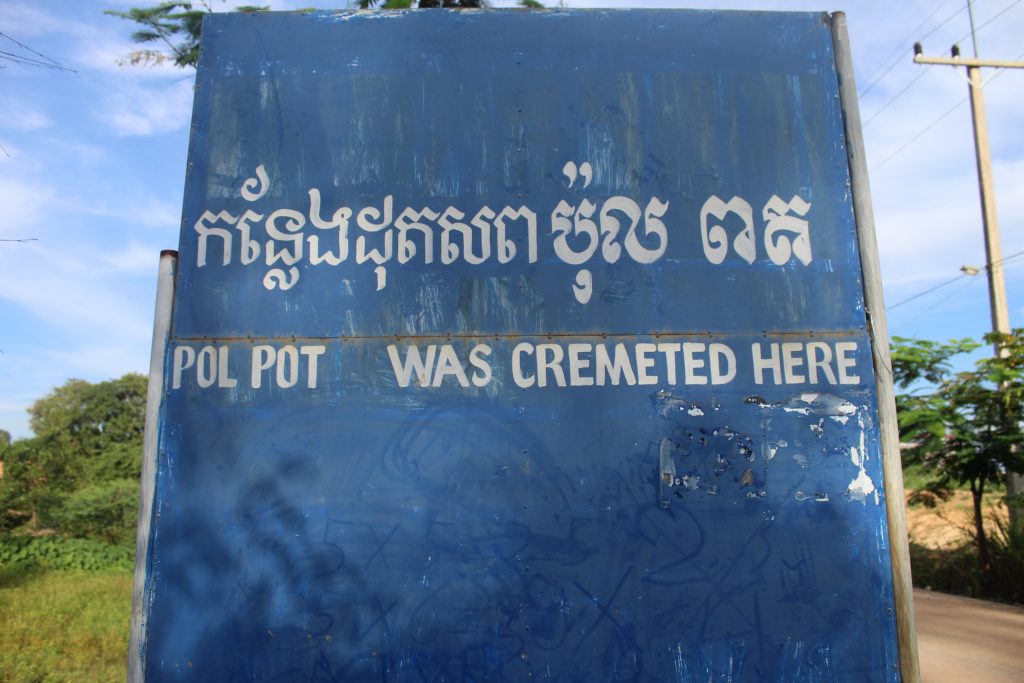
Who Are Red Tourists, and Why is it Growing?
There’s far from one description of what makes a red tourist. They actually fall into many different categories and subcategories—and, ironically, few are even all that left-wing.
So, who are they then?
The first major group is what we affectionately call the Commie Enthusiasts. These folks come from all corners of the political spectrum and have a thing for all things red. They’re history buffs, lovers of brutalist architecture, and often the kind of people who also dabble in dark tourism or urban exploration. Red tourism for them is about storytelling, aesthetics, and relics of power.
Next up are those who lived—or still live—under communism. Many of them want to reconnect with their past, understand the ideologies that shaped their families, or simply enjoy a bit of nostalgia. Believe it or not, not everyone hated living under communism. This is especially true in China, where a subsection of red tourists are nationalists proudly extolling the Party’s legacy and achievements.
Then we have the true believers—the dyed-in-the-wool communists who see no flaws in the system, even when they get slapped in the face by reality. These include members of groups like the Communist Party of Great Britain (Marxist–Leninist), the rebranded Communist Party of the Soviet Union, and the ever-enthusiastic Korean Friendship Association. In our experience, this lot tend to be fewer in number—and far less likely to actually join a YPT tour (unless it’s to Pyongyang).
Click yo read about which countries are Socialist.
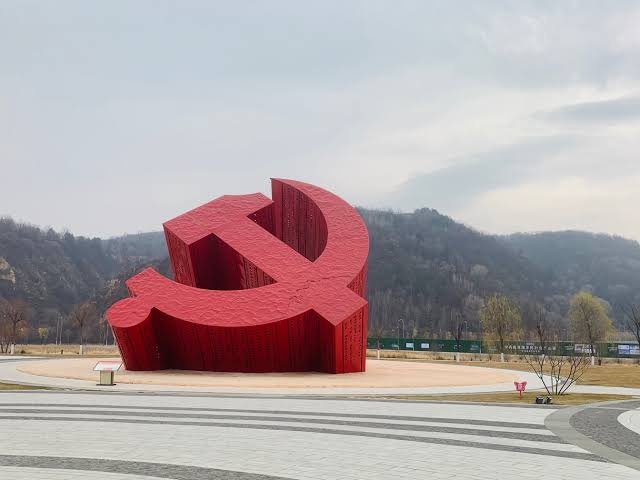
Why is it Gaining Such Popularity?
Because the world is changing, and fast. The Cold War is sliding into the rearview mirror, and with it, a whole chunk of recent history that still shapes everything from global politics to border disputes. For a lot of people, red tourism is about trying to make sense of that past before it’s whitewashed, flattened, or torn down entirely.
And then there’s the obvious: the current world is kind of insane. Capitalism is on fire, Western democracies are faltering, and China—the world’s largest communist state (kind of)—is now a dominant global player. In this context, people are starting to take another look at communism, not just as an abstract idea, but as a system that’s still very much alive and well just might work.
But perhaps the biggest reason is this: Communist chic is cool again.
Soviet nostalgia is having a fashion moment. Military surplus, hammer-and-sickle badges, and Che Guevara t-shirts and much more are all things very much in Vogue. Whether you call it Cold War 2.0 or just a new aesthetic trend, red is back on the radar. A whole generation that grew up after the fall of the Berlin Wall is now discovering it like it’s vintage vinyl. And in a world of memes, TikToks, and political fatigue, that aesthetic punch is powerful.
Add to that the rise of nationalist governments across the globe, many of whom are busy whitewashing or rewriting their own histories and red tourism offers something refreshingly honest. Raw, uncomfortable, contradictory, but real.
So yes, red tourism is hot right now. Whether you’re in it for the history, the ideology, or just the TikTok vids of Soviet Mosaics. The Revolution is here and it will indeed be televised.
Click to check out our Soviet Tours.





